EXCAVATIONS AT MADINA DISTRICT ROHTAK, HARYANA, INDIA
2016, South Asian Archaeology Series 1
…
285 pages
1 file

Sign up for access to the world's latest research
Abstract
Appendix Late Harappan-PGW settlements in Ghaggar-Yamuna Divide Manmohan Kumar 259 PREFACE Report publishing is culmination of an archaeological expedition and it is a sheer wastage of money and efforts if an archaeological site goes unpublished. Wheeler has rightly said that every excavation is a destruction because the evidences once disturbed could not be put back at its original place. It makes it imperative for an archaeologist to record the excavations and excavated material properly. This is the first step which distinguishes the antiquarian from an archaeologist. By properly interpreting the recording, other archaeologists can reconstruct the whole deposits which are otherwise lost for posterity. If an archaeologist cannot perform this task "he should better leave archaeology and do something else". Keeping this in mind, this author started excavations at the ancient site of Madina and the purpose of the effort was to explore the link between the Late Harappan culture and Painted Grey Ware culture. Though a link had been first established at Bhagwanpura and subsequently at some other sites. But there remained some unanswered questions as to what was the nature of this link. Whether the authors of both the cultures stayed together despite their distinct cultural milieu and they adopted or shared each other's cultural traits. In the present excavations every care was taken to ensure that each and every antiquity and other features are properly recorded.
Figures (552)










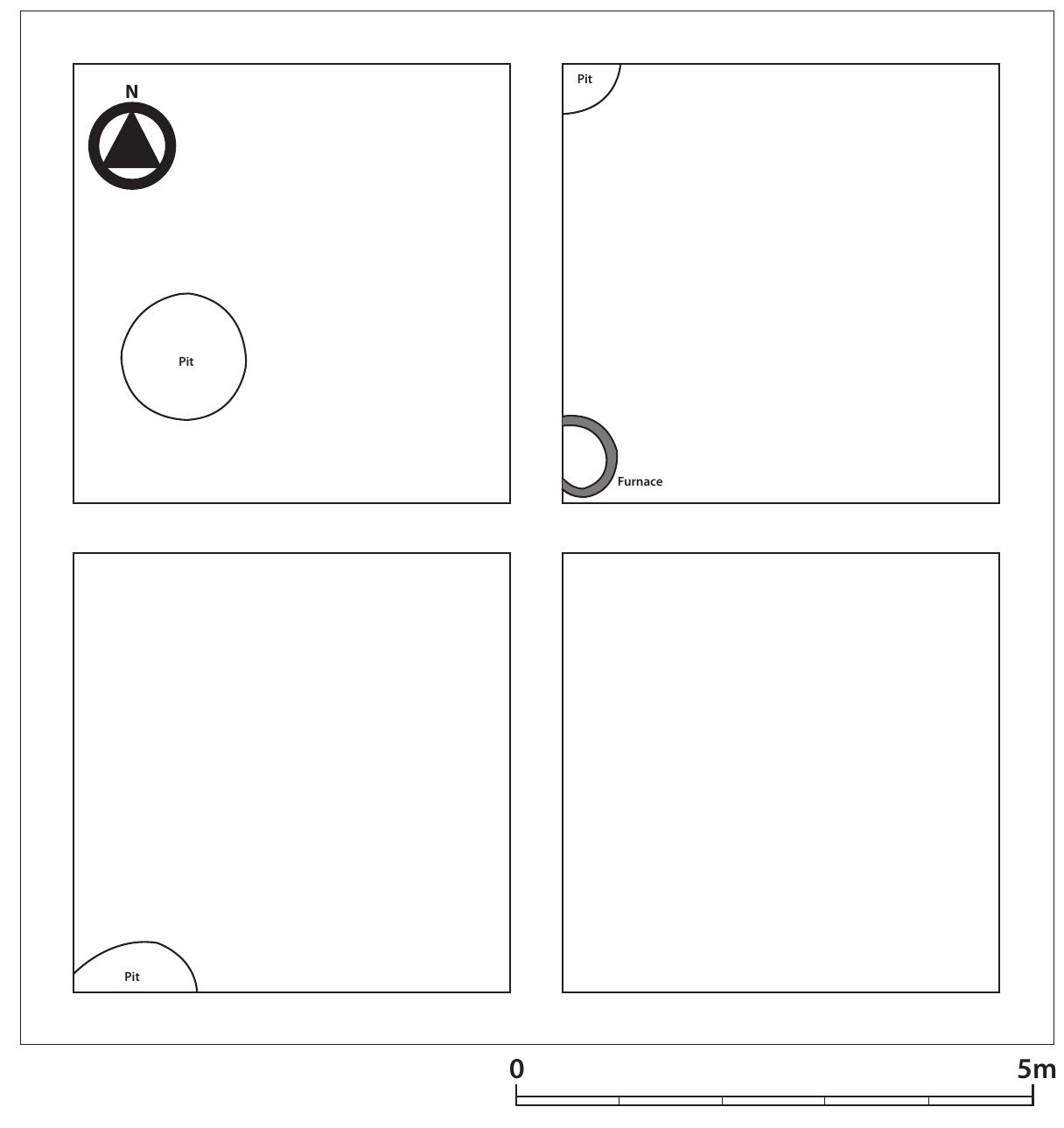





























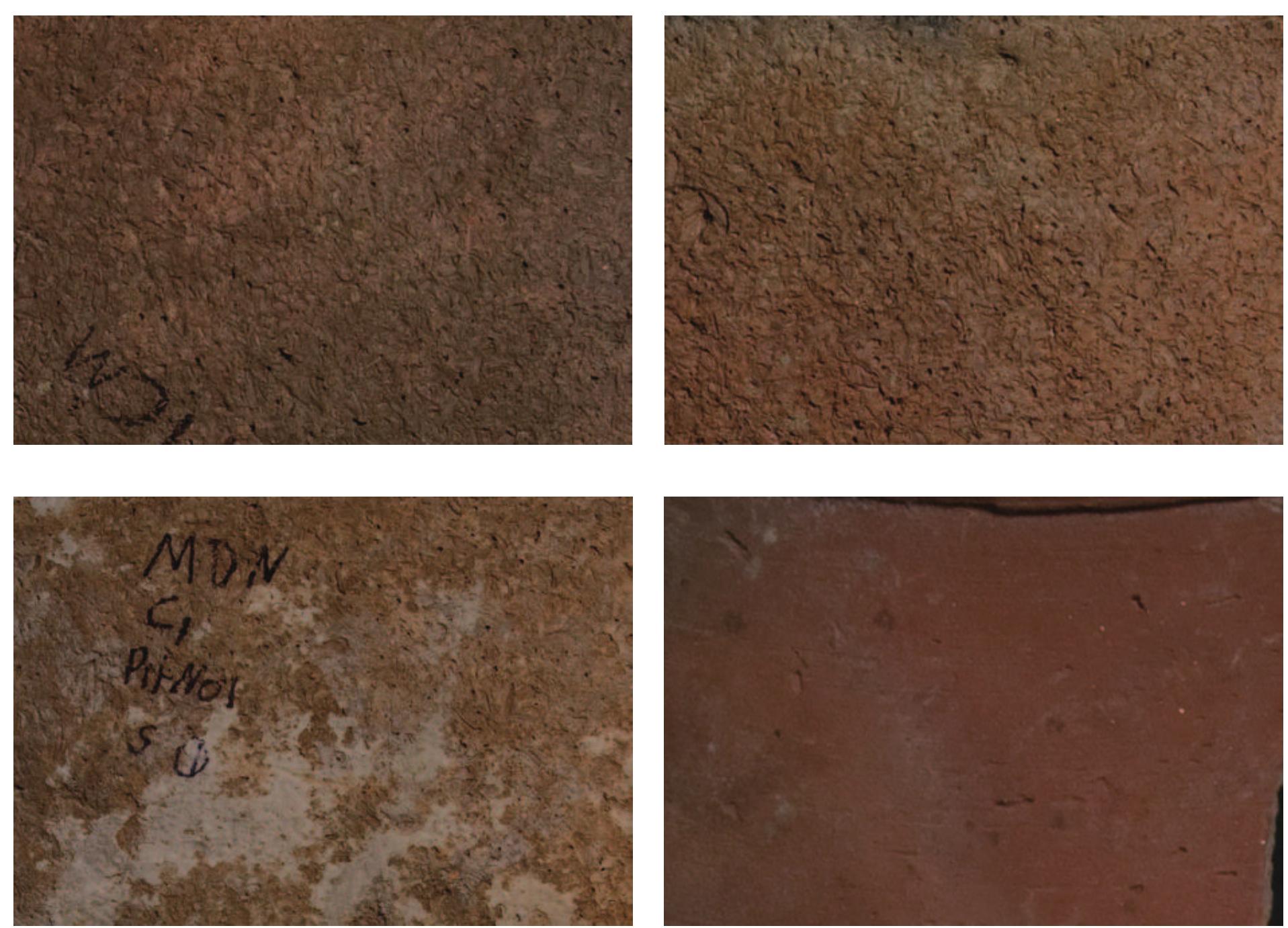



































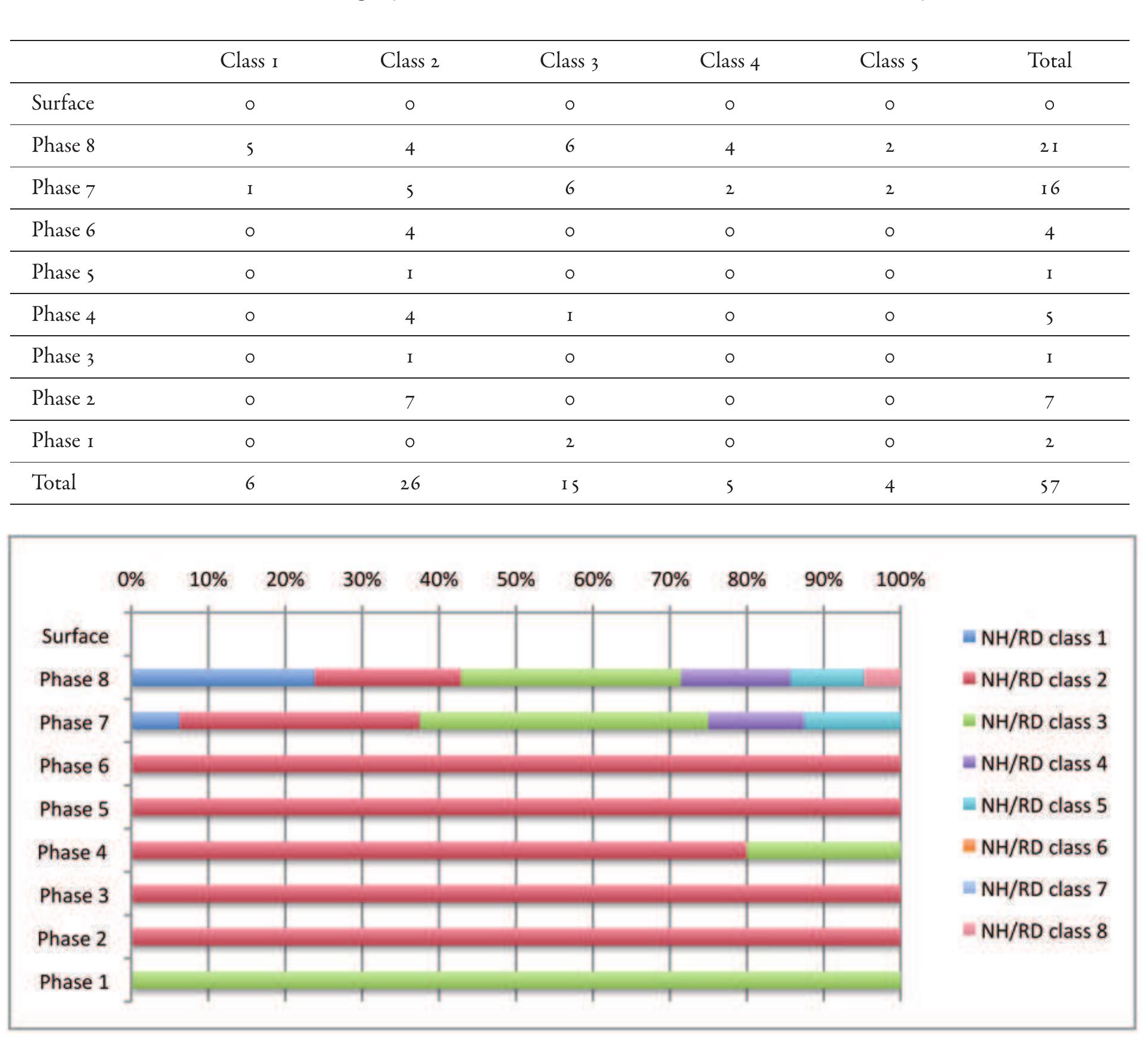
















































































































































































































































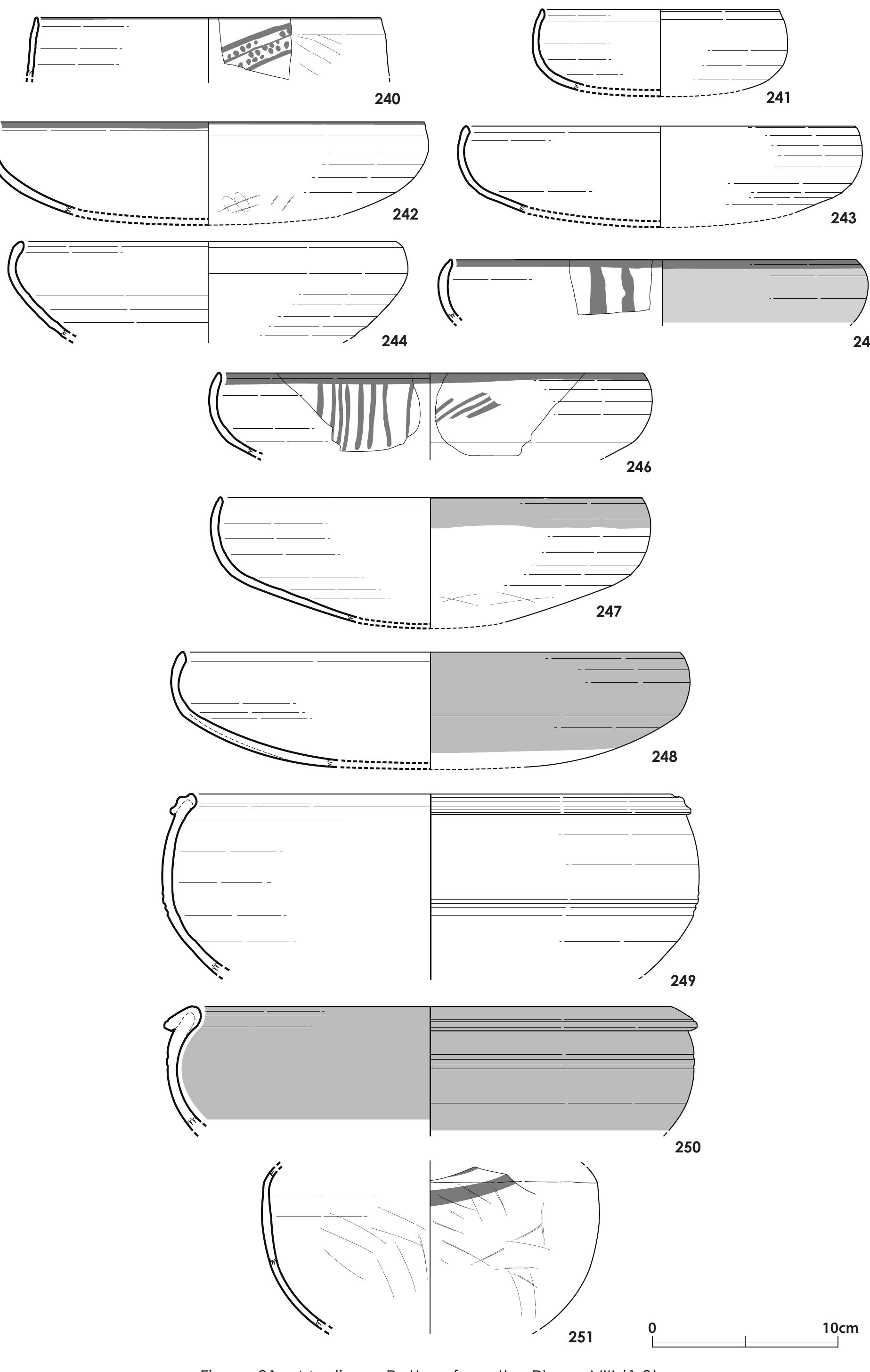


















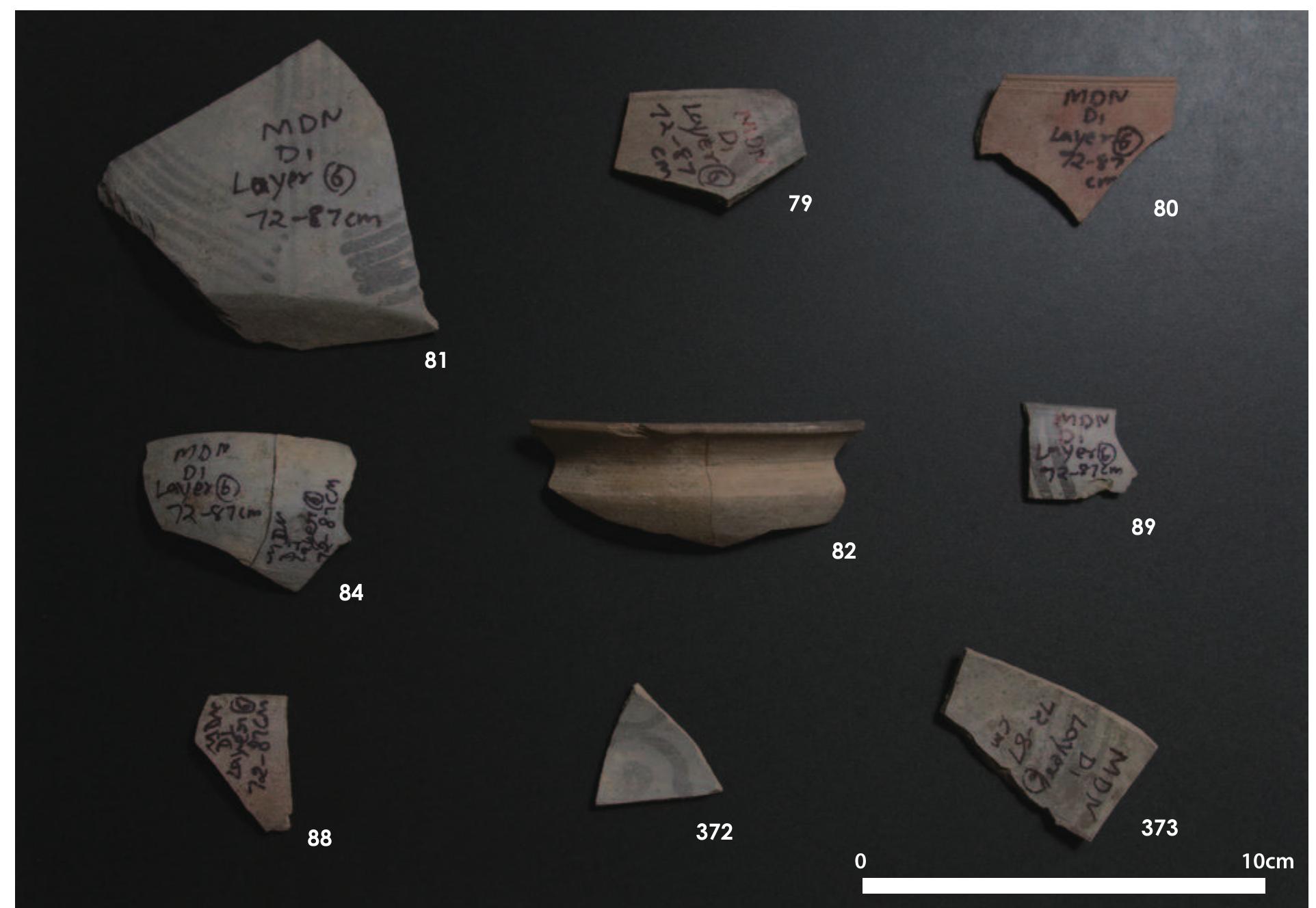

















































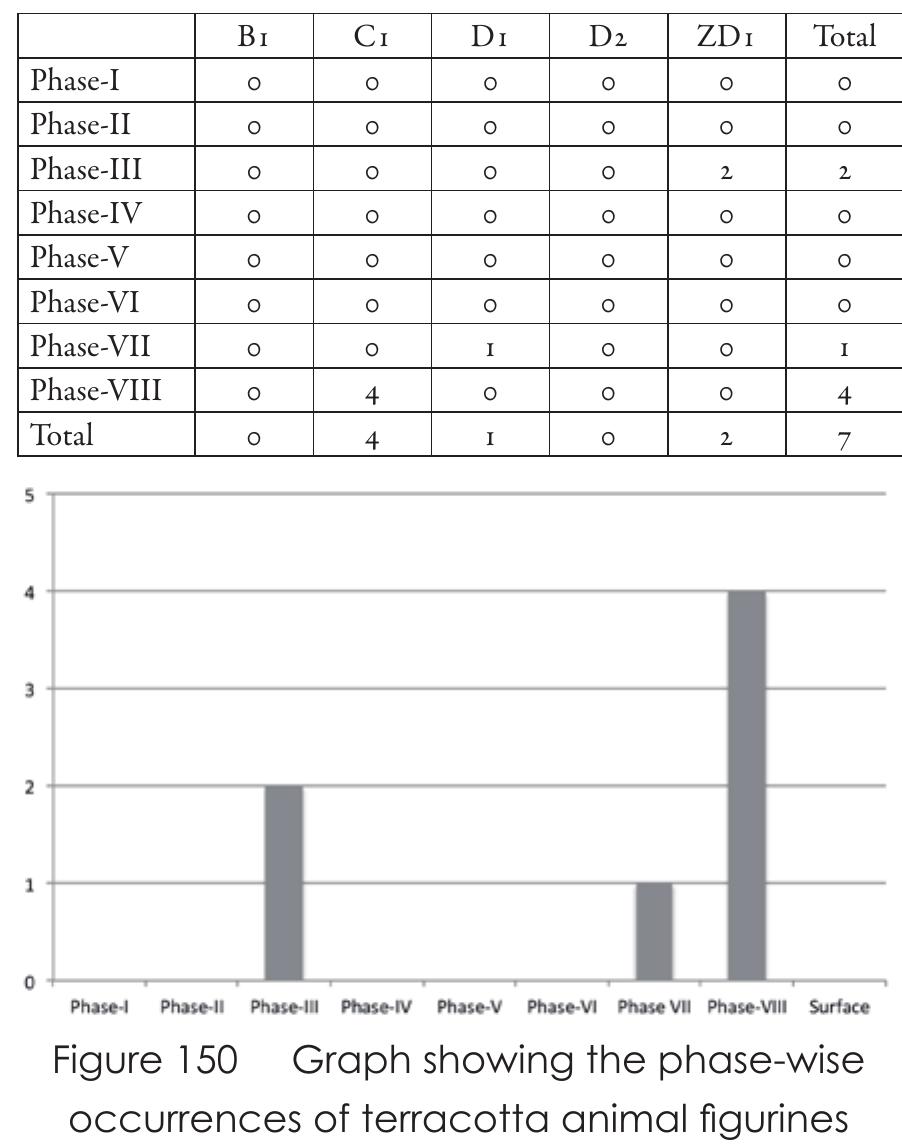









































































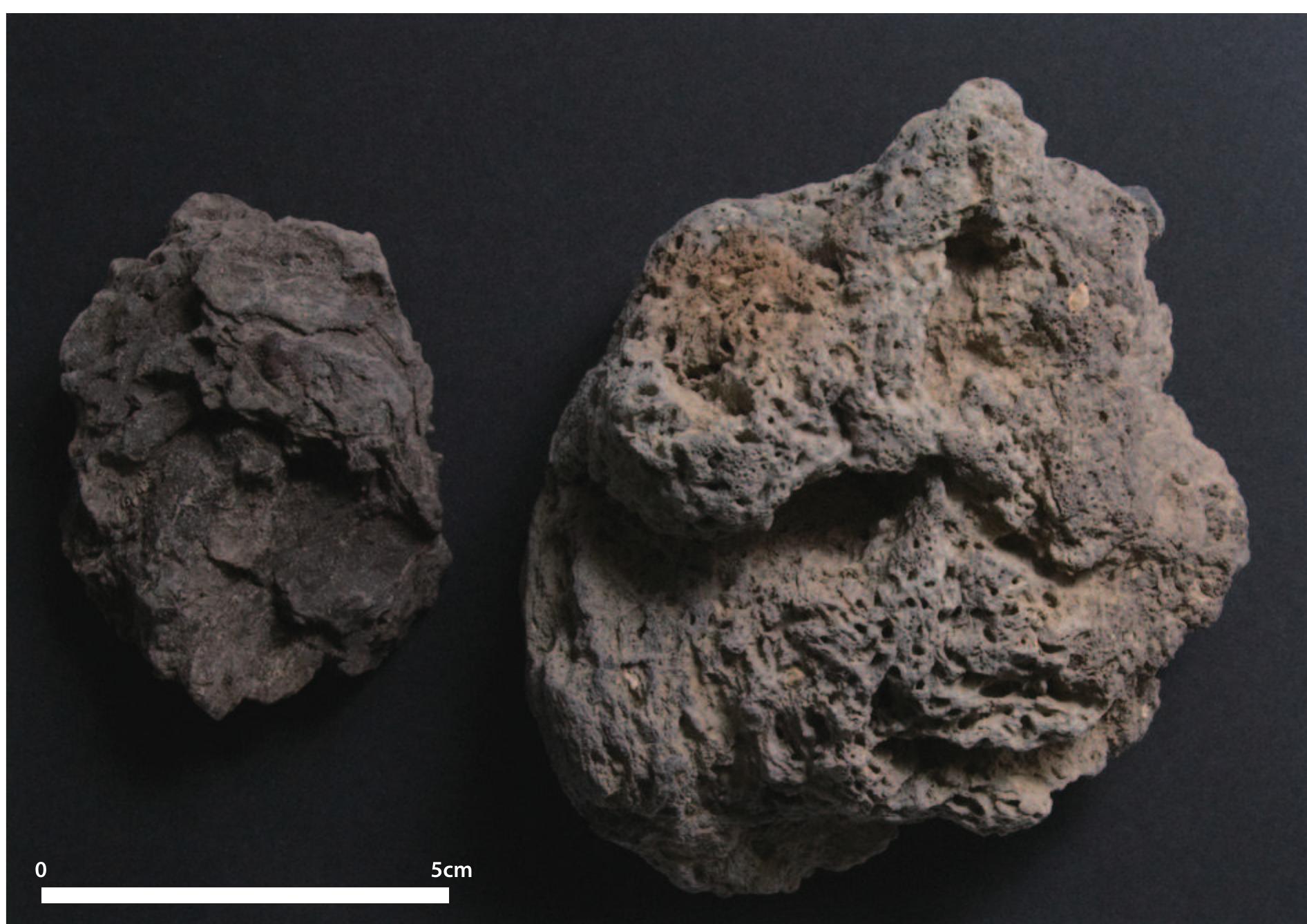































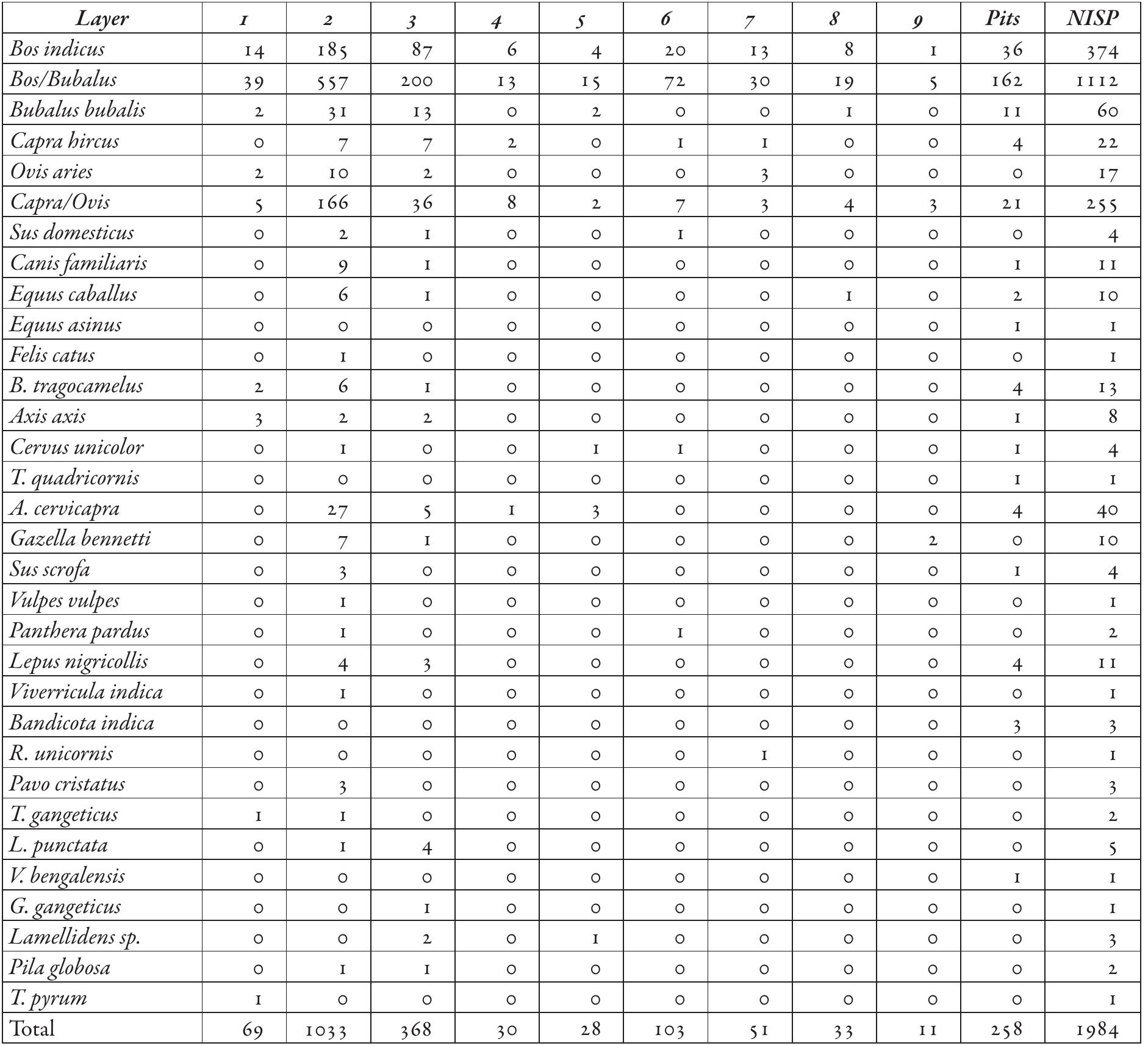







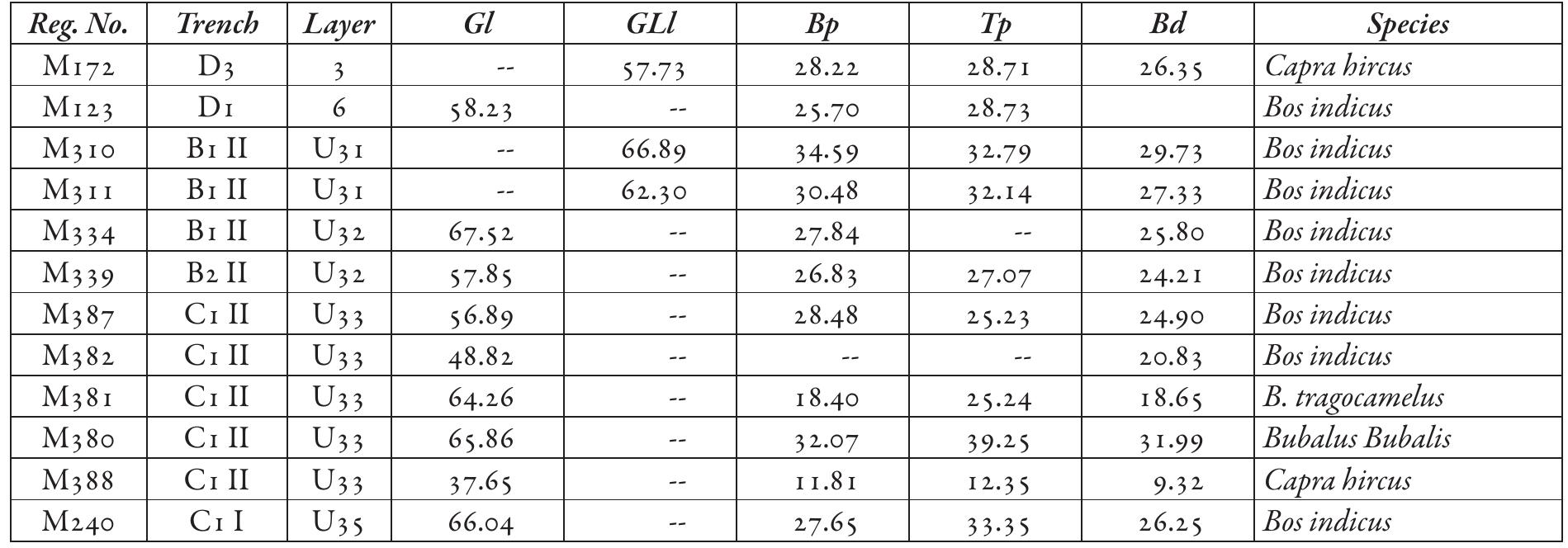























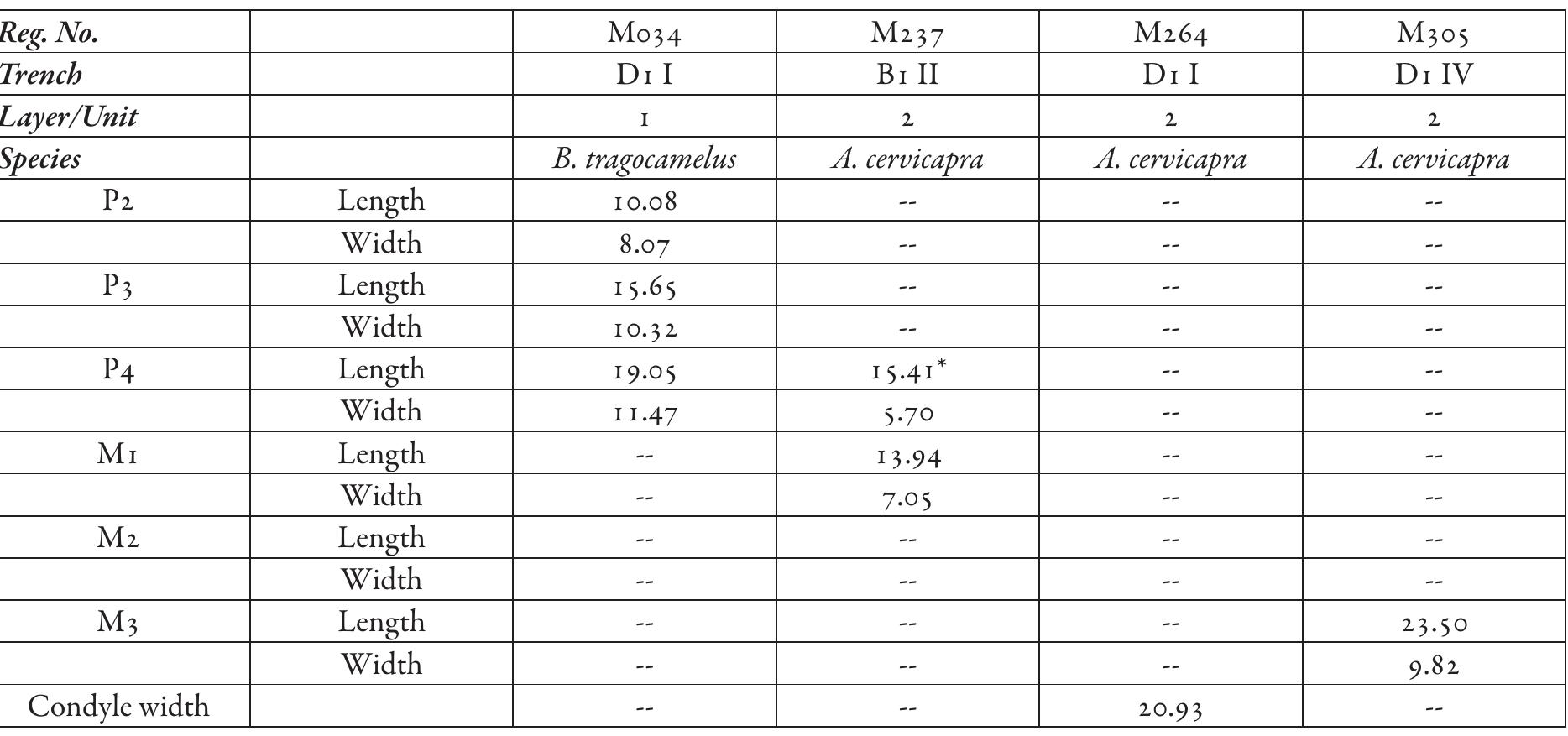























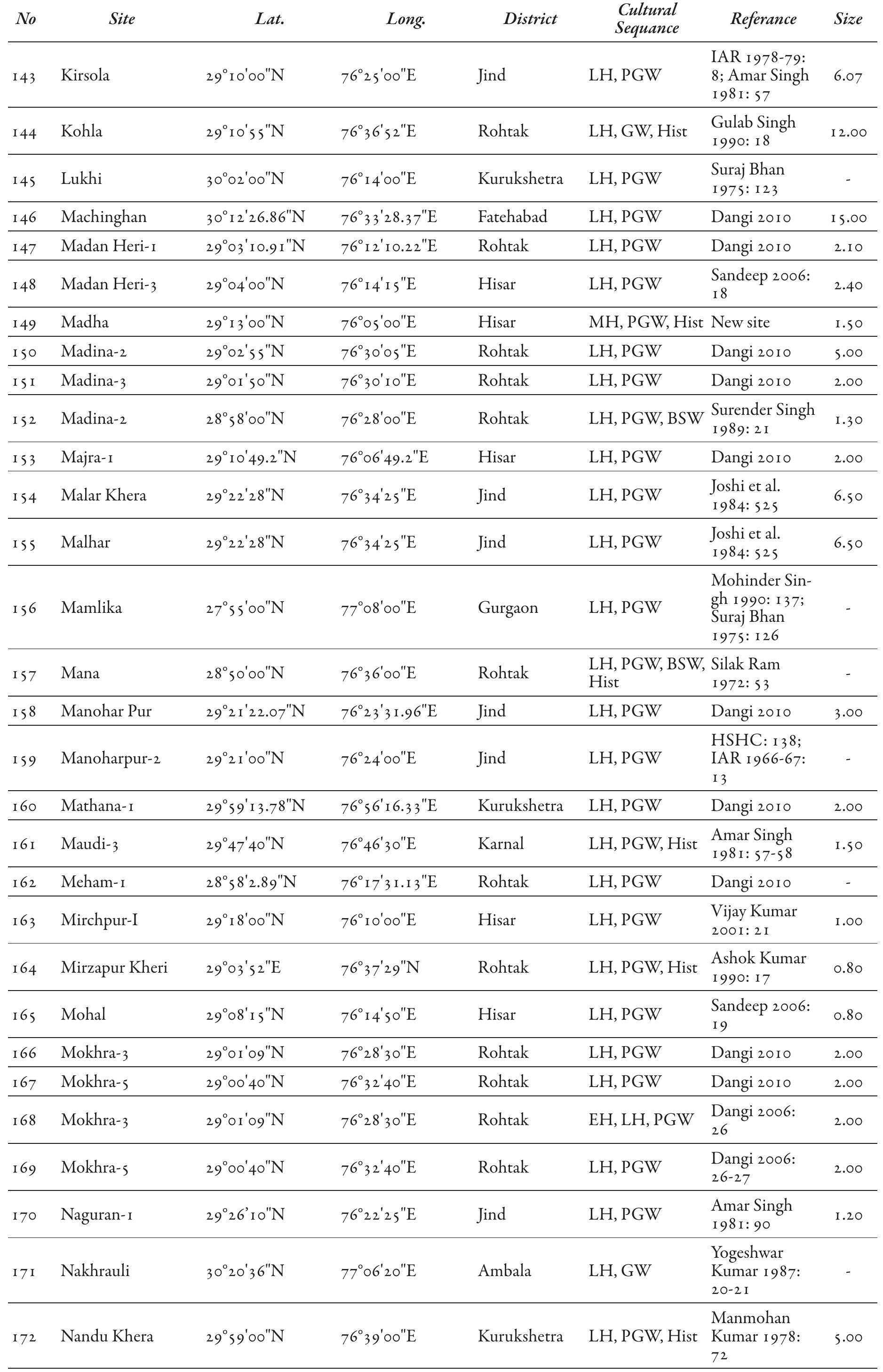



Related papers
Indian Historical Review, 2003
2024
Linkages of trade and culture between India and Myanmar, dating from the 1st millennium BCE, have been emphasized by several archaeologists. One of the significant set of artefacts that played a pivotal role in these processes of network is pottery. In this paper, the authors present the first ever comprehensive study of the physicochemical properties of potteries from important archaeological sites of India and Myanmar, chronoculturally dated between 1st century BCE and 13th century CE. Results showed an interesting correlation among samples, underlining regular interactions between India and Myanmar. This possibly resulted not only in the transport of pottery but also in the sharing of its manufacturing techniques. A strong correlation in the composition of different elements, their interplay and the resultant structural details of the pottery obtained from the two regions play a key role in solving this ever-debated puzzle.

Loading Preview
Sorry, preview is currently unavailable. You can download the paper by clicking the button above.
References (72)
- Dangi, Vivek (2006) Settlement Pattern of Meham Block (Ro- htak). Unpublished M. Phil dissertation. Kurukshetra University, Kurukshetra.
- Joshi, Jagat Pati (1993) Excavation at Bhagwanpura and Other Explorations and Excavations 1975-1981 in Haryana, Jam- mu & Kashmir and Punjab. Memoirs of the Archaeologi- cal Survey of India no. 89. Archaeological Survey of India, New Delhi. pp. 27-31.
- Mughal, M. R (1997) Ancient Cholistan: Archaeology and Ar- chitecture. Feroz and Sons, Lahore.
- Aboshi, Y. K. Sonoda, F. Yoneda and A. Uesugi (1999) Exca- vations at Saheth Maheth 1991-1996. East & West 49(1- 4): 119-173.
- Dikshit, K.N. (1969) A Note on the Problem of the Plain Black and Red Ware in Northern India. in B.P. Sinha ed. Potteries in Ancient India. The Department of Ancient Indian History & Archaeology, Patna University, Patna. pp.48-55.
- Dikshit, K.N. (1973) The Allahapur Evidence and the Painted Grey Ware Chronology. in D.P. Agrawal and A. Ghosh eds., Radiocarbon and Indian Archaeology. Tata Institute of Fundamental Research, Bombay. pp.148-153.
- Gaur, R.C. (1983) Excavations at Atranjikhera. Motilal Banar- sidass, Delhi.
- Ghosh, A. and K.C. Panigrahi (1946) Pottery from Ahichch- hatra (U.P.). Ancient India 1: 37-59.
- Joshi, J.P. (1993) Exacavations at Bhagwanpura 1975-76 and Other Explorations & Excavations 1975-81 in Haryana, Jammu & Kashmir and Punjab. Memoirs of the Archae- ological Survey of India, no.89. Archaeological Survey of India, New Delhi.
- Lal, B.B. (1954) Excavation at Hastinapura and Other Explo- rations in the Upper Ganga and Sutlej Basins 1950-52. Ancient India 10 and 11: 5-151.
- Mishra, A.K. (1988) The Indian Black Wares. Pratibha Prakashan, Delhi.
- Roy, T.N. (1983) The Ganges Civilization: A Critical Archae- ological Study of the Painted Grey Ware and Northern Black Polished Ware Periods of the Ganga Plains of India. Ramanand Vidya Bhawan, New Delhi.
- Singh, Purshottam (1994) Excavations at Narhan (1984-89). Banaras Hindu University, Varanasi.
- Sinha, B.P. and B.S. Verma (1977) Sonpur Excavations (1956 and 1959-1962). Directorate of Archaeology and Muse- ums, Bihar, Patna.
- Takahashi, T., T. Yamaoka, F. Yoneda and A. Uesugi (2000) The Ancient City of Śrāvastī: its Significance on the Ur- banisation of North India. Purātattva 30: 74-92.
- Uesugi, A. (2002) Re-evaluation of the pottery sequence in north India during the first millennium B.C. in C. Mar- gabandhu, A.K. Sharma and R.S. Bisht eds., Purāratna -Emerging Trends in Archaeology, Art, Anthropology, Con- servation and History. Agam Kala Prakashan, New Delhi. pp. 182-196.
- Clason, A.T. (1972) Some Remarks on the Use and Presenta- tion of Archaeozoological Data. Helinium 12(2): 139- 153.
- Dangi, Vivek (2006) Settlement Pattern of Meham Block (Ro- htak). Unpublished M.Phil. Dissertation. Kurukshetra University, Kurukshetra.
- Deshpande-Mukherjee, Arati, P.K. Trivedi and J.K. Patnaik (2008) Archaeozoological Evidence from the Ghaggar Valley with Special Reference to Tarkhanewala Dera and Chak 86, in District Ganganagar, Rajasthan. Man and Environment 33 (1): 51-57.
- Driesch von den, A. (1976) A Guide to the Measurement of Animal Bones from Archaeological Sites. Harvard Universi- ty Press, Cambridge, Massachusetts.
- Hillson, S. (1992) Mammal Bones and Teeth. Institute of Ar- chaeology, London
- Joglekar, P.P. (2000-2001) Applications of Mathematics and Statistics in Archaeozoological Research at Deccan College. Bulletin of the Deccan College Post-graduate and Research Institute 60-61: 109-136.
- Joglekar P.P., P.K. Thomas, Y. Matsushima and S.J. Pawankar (1994) Osteological Differences Between the Forelimb Bones of Ox (Bos indicus), Buffalo (Bubalus bubalis) and Nilgai (Boselaphus tragocamelus). Journal of Bombay Veter- inary College 5 (1 2): 17 20.
- Joglekar, P.P., Manmohan Kumar and V.S. Shinde (2008) A Preliminary Report of Faunal Remains from Madina, Ro- htak District, Haryana. Purātattva 38: 222-228.
- Joshi, J.P. (1993) Excavation at Bhagwanpura and Other Ex- plorations and Excavations 1975-1981 in Haryana, Jammu & Kashmir and Punjab. Memoirs of the Archaeological Survey of India No. 89. Archaeological Survey of India, New Delhi.
- Manmohan Kumar, Vasant Shinde, A. Uesugi, Vivek Dangi, Sajjan Kumar and Vijay Kumar (2009) Excavations at
- Abe, Y., Harimoto, R., Kikugawa, T., Yazawa, K., Nishisaka, A., Kawai, N., Yoshimura, S., and Nakai, I. (2012) Transition in the use of cobalt-blue colorant in the New Kingdom of Egypt. Journal of Archaeological Science, in press.
- Barthélemy de Saizieu, B., and Bouquillon, A. (2000) Faience Beads of the Third Millennium BC in the Indus. In M. Taddei and G. de Marco eds. South Asian Archaeology 2000, Vol. I. Instituto Italiano per l' Africa e l'Oriente, Rome. pp. 17-33.
- Brill, R.H. (1999) Chemical analyses of early glasses: Volume 1, The tables. Corning Museum of Glass, Corning, New York.
- IAEA (2000) WinQXAS, Quantitative X-ray Analysis System for Windows, A Software from International Atomic Energy Agency.
- Kaczmarczyk, A., and Hedges, R.E.M. (1983) Ancient Egyptian faience: an analytical survey of Egyptian faience from predynastic to Roman times. Aris & Phillips, London.
- Kikugawa, T., Abe, Y., Sanada, T., and Nakai, I. (2009) Archaeochemical study of the ancient Egyptian glass from the collection of the Ancient Egyptian Museum, Tokyo using a newly developed portable X-ray fluorescence spectrometer equipped with a CMOS camera. Advances in X-ray Chemical Analysis 40, 325- 337 (in Japanese).
- Lucas, A, and Harris, J.R. (1962) Ancient Egyptian Materials and Industries, 4th Edition. Kessinger Publishing, New York. p.179. Manoharpur-2 29°21'00"N 76°24'00"E Jind LH, PGW HSHC: 138; IAR 1966-67: 13 - Mathana-1 29°59'13.78"N 76°56'16.33"E Kurukshetra LH, PGW Dangi 2010 2.00 Maudi-3 29°47'40"N 76°46'30"E Karnal LH, PGW, Hist Amar Singh 1981: 57-58
- 50 Meham-1 28°58'2.89"N 76°17'31.13"E Rohtak LH, PGW Dangi 2010 - Mirchpur-I 29°18'00"N 76°10'00"E Hisar LH, PGW Vijay Kumar 2001: 21
- 00 Mirzapur Kheri 29°03'52"E 76°37'29"N Rohtak LH, PGW, Hist Ashok Kumar 1990: 17
- 80 Mohal 29°08'15"N 76°14'50"E Hisar LH, PGW Sandeep 2006: 19 0.80 Mokhra-3 29°01'09"N 76°28'30"E Rohtak LH, PGW Dangi 2010 2.00 Mokhra-5 29°00'40"N 76°32'40"E Rohtak LH, PGW Dangi 2010 2.00 Mokhra-3 29°01'09"N 76°28'30"E Rohtak EH, LH, PGW Dangi 2006: 26 2.00 Mokhra-5 29°00'40"N 76°32'40"E Rohtak LH, PGW Dangi 2006: 26-27 2.00 Naguran-1 29°26'10"N 76°22'25"E Jind LH, PGW Amar Singh 1981: 90
- 20 Nakhrauli 30°20'36"N 77°06'20"E Ambala LH, GW Yogeshwar Kumar 1987: 20-21 - Nandu Khera 29°59'00"N 76°39'00"E Kurukshetra LH, PGW, Hist Manmohan Kumar 1978: 72 5.00 References Amar Singh (1981) Archaeology of Jind and Karnal Districts (Haryana). Unpublished PhD. dissertation. Kurukus- hetra University, Kurukshetra.
- Ashok Kumar (1990) Archaeology and History of Kathura Block (Rohtak). Unpublished M.Phil. dissertation, M.D. University, Rohtak.
- Dangi, Vivek (2006) Settlement Patten of Meham Block, District Rohtak. Unpublished M.Phil. Dissertation. Kurukshetra University, Kurukshetra.
- Dangi, Vivek (2010) A Study of Proto-Historic Settlements in Upper Ghaggar Basin. Unpublished PhD dissertation.
- M.D. University, Rohtak.
- Dhankhar, Ramdhan (1990) Archaeology and History of Go- hana Block (Rohtak). Unpublished M.Phil. disserta- tion. M.D. University, Rohtak.
- Dhattarwal, D.S. (1978) Archaeology of Safidon Tehsil (Dist. Jind). Unpublished M.Phil. dissertation. Kurukshetra University, Kurukshetra.
- Dutt, Breham (1980) Settlements of Painted Grey Ware in Haryana. Unpublished PhD. dissertation. Kurukshetra University, Kurukshetra.
- Ghosh, A. (1952) The Rajputana Desert: its Archaeological Aspect. Bulletin of the National Institute of Sciences of India 1: 37-42.
- Ghosh, A. ed. (1989) An Encyclopedia of Indian Archaeology 2 Gazetteer. Munshiram Manoharlal, New Delhi.
- Gulab Singh (1990) Archaeology and History of Mundlana Block (Dist. Rohtak). Unpublished M.Phil. disserta- tion. M.D. University, Rohtak.
- HSHC = Haryana Study in History and Culture IAR = Indian Archaeology -A Review. Archaeological Survey of India, New Delhi
- Joon, Rajiv (1999) Archaeology and History of Dadri Block No. II (Dist. Bhiwani). Unpublished M.Phil. dissertation.
- M.D. University, Rohtak.
- Joshi, J.P., Madhu Bala and Jassu Ram (1984) 'The Indus Civ- ilization: A Reconsideration on the Basis of Distribu- Madina Figure 259 Distribution map of Late Harappan and PGW sites in Haryana tion Maps' , in B.B. Lal and S.P. Gupta (eds.) Frontiers of the Indus Civilisation. Book and Books, New Delhi. pp. 519-526.
- JHS = Journal of Haryana Studies Kailash Kumar (1989) Archaeology and History of Rohtak Block (Dist. Rohtak). Unpublished M.Phil. disserta- tion. M.D. University, Rohtak.
- Lal, B.B. (1954-55) Excavations at Hastinapura and other Ex- plorations in Uppar Ganga and Sutluj Basins. Ancient India 10-11: 5-151.
- Lamba, Mani Ram (1989) Archaeology and History of Kal- anaur Block (Dist. Rohtak). Unpublished M.Phil. dissertation. M.D. University, Rohtak.
- Malhotra, P.S. (1964) Archaeology of Naraingarh Tehsil (Dist. Ambala). Unpublished M.A. Dissertation. Punjab University, Chandigarh.
- Manmohan Kumar (1978) Archaeology of Ambala and Ku- rukshetra Districts (Haryana). Unpublished Ph.D. dissertation. Kurukshetra University, Kurukshetra.
- Mohan, Vijneshu (1988) The Harappan Civilization: A Study in Variation and Regionalism in Haryana, India. M.S dissertation. Faculty of Oriental Studies, Cambridge University, Cambridge.
- Mohinder Singh (1990) Settlement Archaeology of Gurgaon District Haryana. Unpublished Ph.D. dissertation. Kurukshetra University, Kurukshetra.
- Palahia, M.K. (1964) Archaeology Ambala Tehsil. Unpub- lished M.A. Dissertation, Punjab University, Chandi- garh.
- Possehl, G.L. (1999) Indus Age: The Beginnings. Oxford & IBH Publishing Co. PVT. LTD, New Delhi.
- Rahar, Jagdish Singh (1993) Archaeology and History of Jhajjar Block (Dist. Rohtak). Unpublished M.Phil. dissertation. M.D. University, Rohtak.
- Sandeep (2006) History and Archaeology of Hansi (Block-II). Unpublished M.Phil dissertation. Kurukshetra Uni- versity, Kurukshetra.
- Silak Ram (1972) Archaeology of Rohtak and Hissar Districts (Haryana). Unpublished Ph.D. dissertation. Kuruk- shetra University, Kurukshetra.
- Singh, U.V. (1976) Explorations in the Vicinity of Thanesar. Kurukshetra University Research Journal (Arts) no.X.
- Sneh Lata (1990) Archaeology and History of Sampla Block (Dist. Rohtak). Unpublished M.Phil. dissertation.
- M.D. University, Rohtak.
- Suraj Bhan (1975) Excavations at Mitathal (1968) and Other Explorations in Sutlej-Yamuna Divide. Kurukshetra University, Kurukshetra.
- Suraj Bhan and Jim G. Shaffer (1978) New Discoveries in Northern Haryana. Man and Environment 2: 59-68.
- Surender Singh (1989) Archaeology and History of Meham Block (Dist. Rohtak). Unpublished M.Phil. disserta- tion. M.D. University, Rohtak.
- Thakran, R.C. (2000) Dynamics of Settlement Archaeology (Haryana). Gyan Prakashan, New Delhi.
- Vijay Kumar (2001) Archaeology and History of Narnaund Block (Dist. Hissar). Unpublished M.Phil. disserta- tion. M.D. University, Rohtak.
- Yogeshwar Kumar (1987) Archaeology and History of Narain- garh Tehsil. Unpublished M.Phil. dissertation. Kuruk- shetra University, Kurukshetra.
Related papers
Itihas Darpan, 2023
Speaking Archaeologically Journal Volume III Issue I: Bhima Devi Edition, 2020
Man & Environment, 2013
Heritage:Journal of Multidisciplinary Studies in Archaeology 1: 2013, Department of Archaeology, University of Kerla, Thiruvananthapuram
New Delhi: Archaeological Survey of India, 2011
Man and Environment, 2024
Korean Journal of Physical Anthropology, 2015
Heritage: Journal of Multidisciplinary Studies in Archaeology, vol. 1. pp. 356-371, 2013
Puratattva, 2017
 Akinori Uesugi
Akinori Uesugi Vivek Dangi
Vivek Dangi
